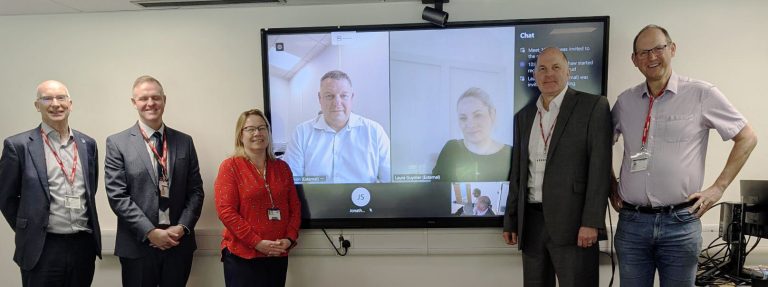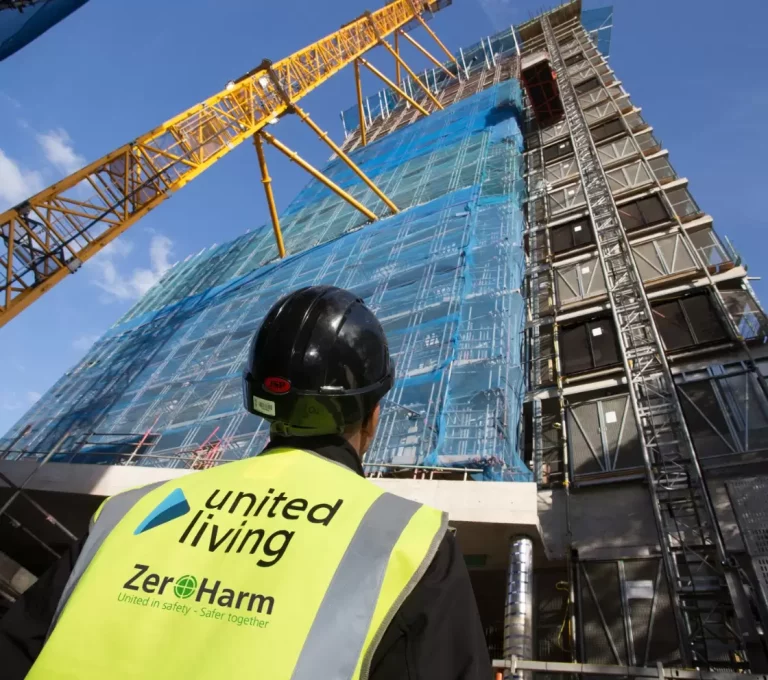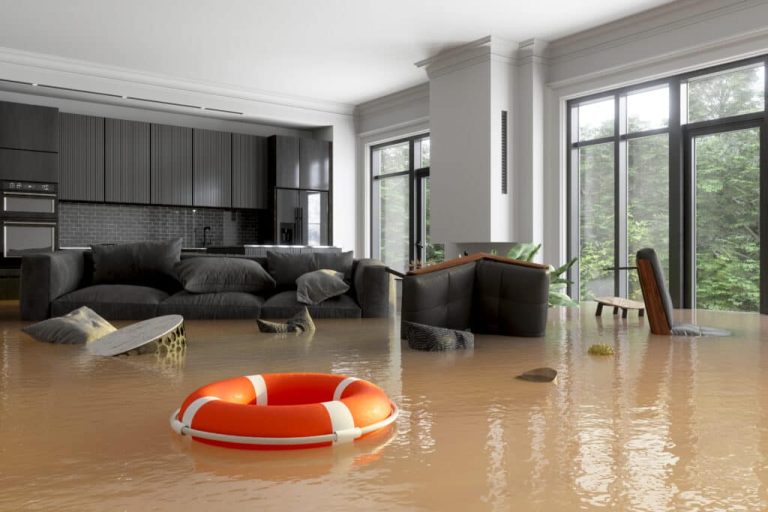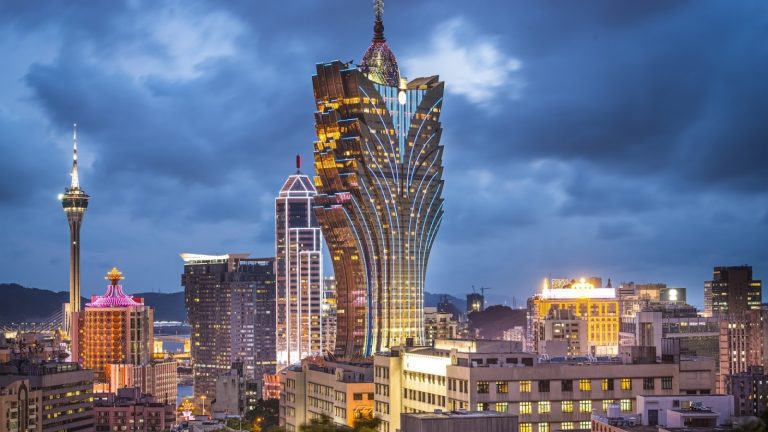Casino resorts of today are not simply playgrounds for wealthy people, but architectural marvels that compete with the world’s most iconic buildings. They have become landmarks of cultural, structural, and urban relevance, such as the ones in Las Vegas and Macau. By blending complex design, engineering, and storytelling, they have become inspirational in innovation and design, thereby exemplifying modern architecture. The Rise of the Mega Casino Resort Back in the day, casinos used to be dimly lit gambling halls for card games and roulette. Now, however, they have become a global display of architectural excellence. Modern casino resorts are bold, billion-dollar projects that mix entertainment, hospitality, art, and commerce all in one space. Interestingly, as physical casinos expanded in scale and ambition, so too have online gambling and betting platforms, commonly called iGaming websites. In the UK, when a player wants to take a break from gambling or betting, they register on Gamstop, which is a temporary break from all UK betting sites. But if they want to resume before the exemption elapses, they have to visit offshore sites. These non Gamstop bookmakers for UK players are much more flexible and accessible. And in many cases, they offer better odds than UK sites. They provide the same autonomy and variety found in mega casino resorts by simply adjusting to user demand. By doing this, they are able to serve their diverse audience because they tailor the experiences according to the user’s preferences. Mega casinos represent more than just a gambling house. For example, Marina Bay Sands in Singapore serves as both a functional building and a national symbol. The Venetian Macau, which is modelled after the romantic charm of Italy, is the world’s second-largest building by floor area. Such enormous resorts display strength across economic, societal, and cultural domains of countries. Structural Innovation and Engineering Complexity Engineering of modern casino resorts is very challenging because they usually accommodate tens of thousands of visitors and include spaces like hotels, shopping areas, concert halls, gaming areas, and restaurants. This scale and complexity beg for advanced engineering solutions. Therefore, experienced engineers use long-span trusses, cantilevered decks, and reinforced podiums to cater to the above. They also integrate innovative MEP (mechanical, electrical, and plumbing) systems for smooth operation, ventilation for gaming halls, industrial kitchens, and massive lighting. The massive gaming floor at Wynn Palace Macau, for instance, exists above an underground transport system while still obtaining proper MEP integration. The design illustrates how builders can accomplish vertical and horizontal development in tight city zones. Resort facilities are required to meet all building codes that address fire protection, earthquake resistance, and crowd management. Architectural Storytelling and Experiential Space The architects behind these grand buildings consider the emotional experiences of the visitors in their design. For instance, guests at the Paris Las Vegas can enjoy a replica of the Eiffel Tower as they enter the premises. On the other hand, visitors of The Venetian experience the thrill of a canal similar to the one in Venice alongside other fun activities like the gondola rides. Spatial design plays a huge role in storytelling, and not just in casino resorts. Even museums use spatial design to get guests to become active observers. Designers generally use form and flow to guide guests intuitively through a journey: from grand entrances to gaming halls, and from luxury retail zones to theatre spaces. Each transition is calculated to heighten anticipation, encourage exploration, and ultimately enhance the experience of their guests. Urbanism and the Casino Ecosystem Casinos are called ‘cities within cities’ because of how the mega complexes have numerous functions such as entertainment, accommodation, dining, shopping, and recreation. The development of these environments demands expertise to execute urban planning principles at every level. This ‘city within a city’ idea can be understood by looking at the casino resort areas in Las Vegas and Macau, where multiple buildings unite into zones with harmonious designs, standard features, and coherent visual elements. To always upgrade their technology and functionality, these resorts now use smart systems such as sensors and Internet of Things (IoT) to monitor traffic, optimise energy use, and improve security. Cultural, Economic, and Symbolic Significance The grandeur of casino resorts signifies social progress for governments and citizens who consider these resorts to be indicators of superior economic performance and cultural development. For instance, the Singaporean society sees the Marina Bay Sands resort as a national symbol because it reflects their definition of luxury and excellence. In Las Vegas, the Bellagio’s dancing fountains and grand lobby have become part of the city’s very identity. They also help to boost the economy because they attract millions of visitors and create job opportunities for the locals by employing thousands of staff. The resorts are a call for the development of surrounding urban districts. They also serve as centres of attraction in the tourism and hospitality industry. Sustainability and the Future of Casino Architecture The international sustainability guidelines are causing casino resorts to implement environmentally friendly design to meet LEED (Leadership in Energy and Environmental Design) standards by using energy-efficient systems such as solar panels, recycling elements, and water conservation technology. Green buildings, as they are called, can help to fight climate change. Casino resorts that have a high LEED scorecard are the future. Architects also implement high-performance glass, reflective surfaces, green roofs, and advanced cooling systems in hot climate regions. In recent times, the demand for open-air spaces and touchless technology has surged, so architects are incorporating terraces, retractable roofs, and modular interior designs to adapt to changing health policies and guest preferences. Conclusion Casino resorts have become icons of modern architecture because of their structural brilliance, thematic storytelling, urban planning, and fully immersive experience. These edifices are audacious statements of what design achieves when it dreams big. In a world where architecture must inspire, perform, and adapt, these resorts stand tall as lasting triumphs of imagination, ambition, and originality.








